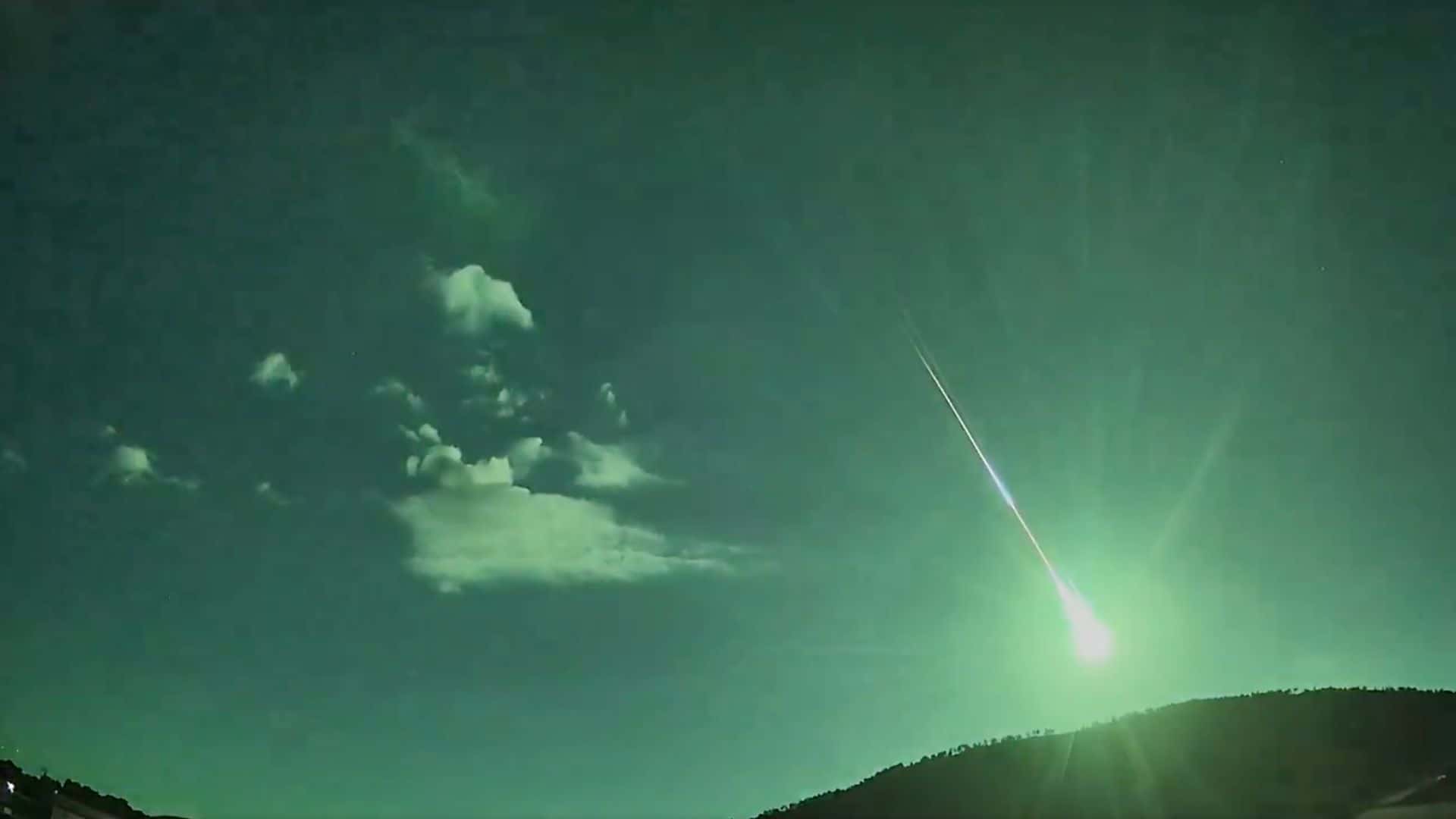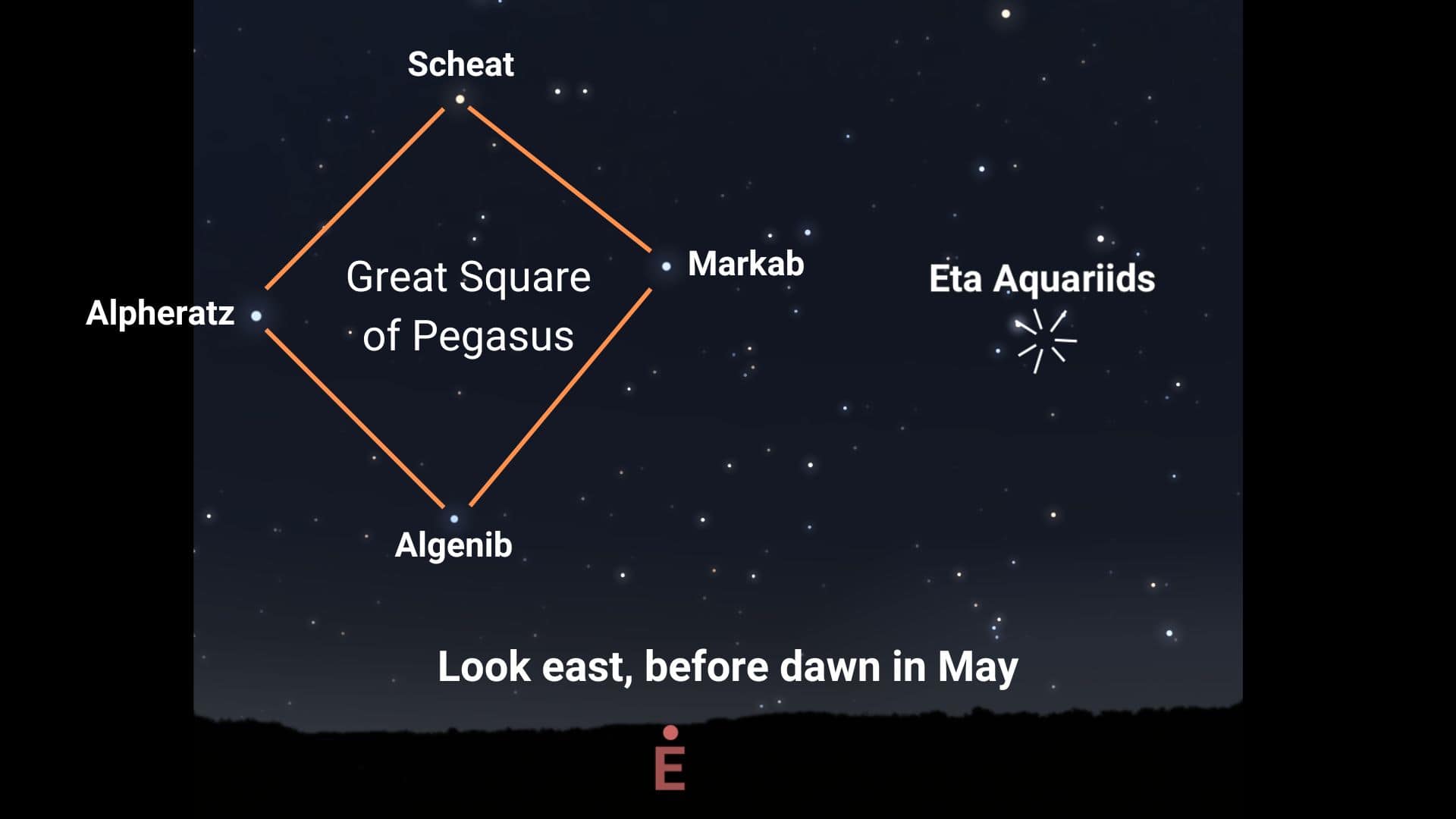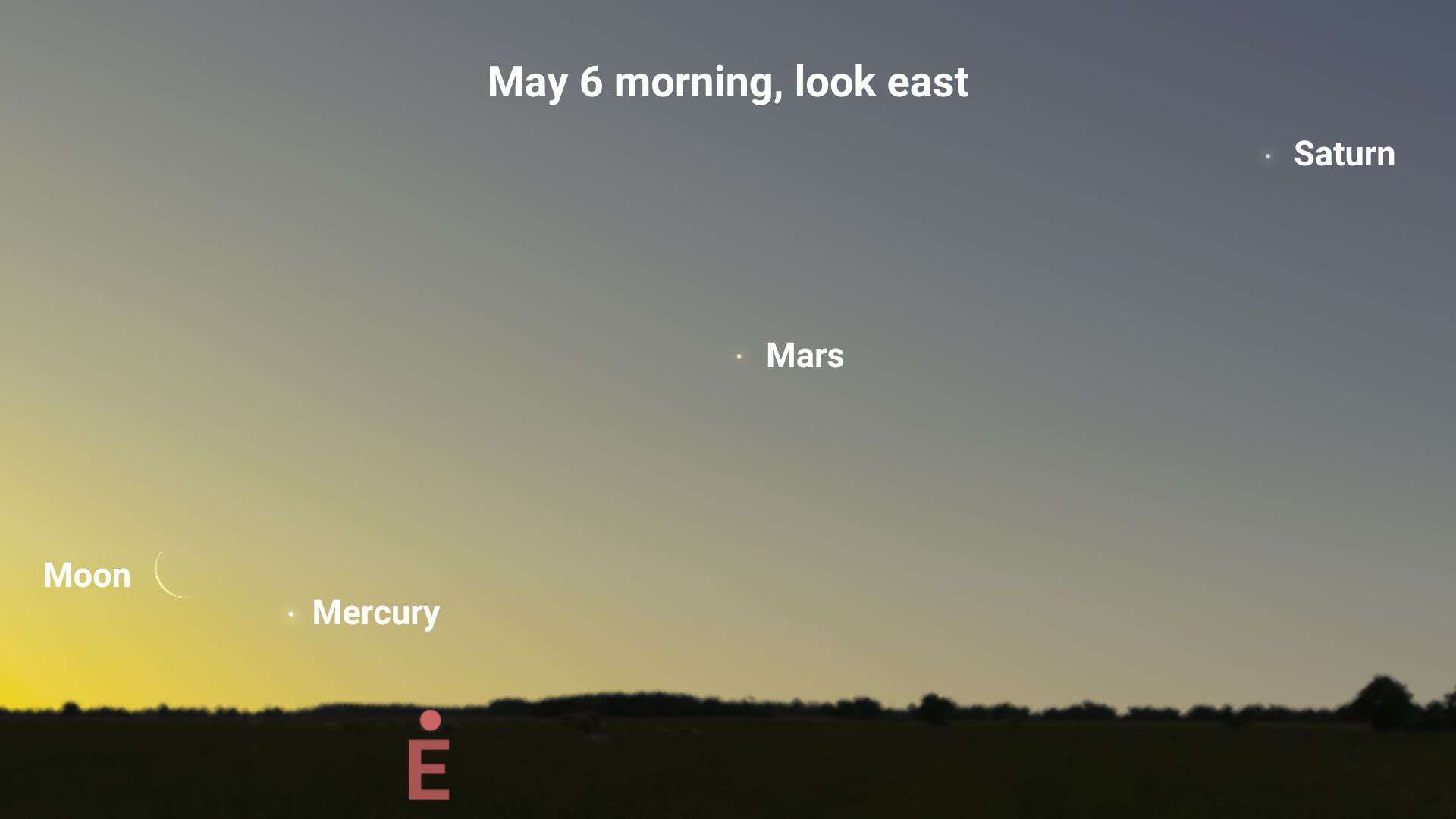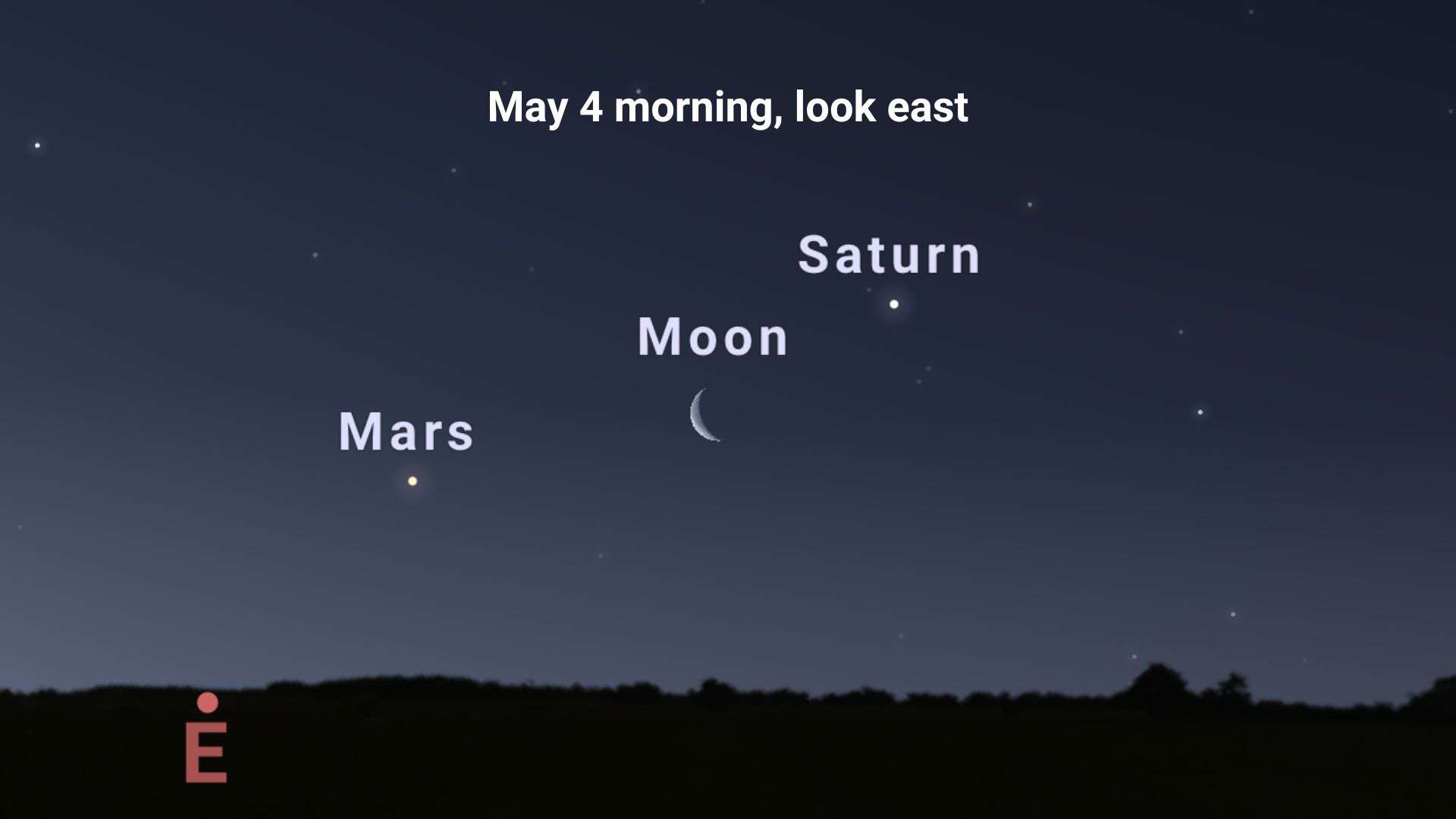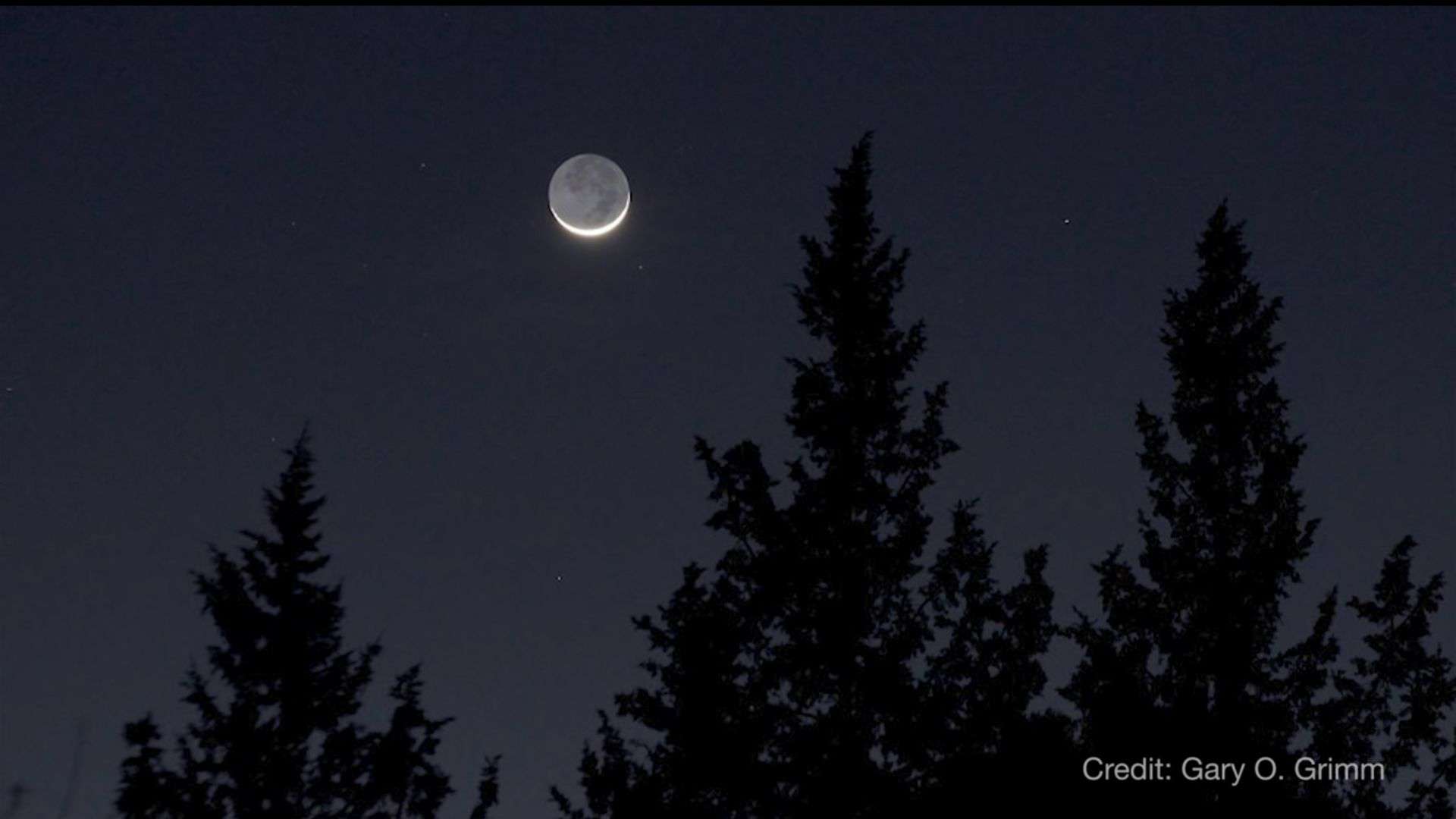
Have you ever noticed earthshine, the beautiful glow on the darkened part of the moon?
It is visible a few days before and after the new moon, when the moon is in its crescent phase.
As the new moon falls on May 8 at 03:22 UTC, so the next earthshine will be visible on the unlit part of the thin waxing crescent moon from May 10 to May 13, 2024 (roughly). Check out our daily moon guide to know the current moon phase.
A waxing crescent moon rises in the morning (a few hours after sunrise) and sets in the evening (a few hours after sunset), so look in the western sky following sunset (when the sky becomes dark) on the unlit part of the waxing crescent moon to see the next earthshine from May 10 to May 13, 2024.
We see the illuminated part of the moon when sunlight reflects from the moon directly and reaches us.
However, sometimes the darkened disk (unlit portion) of the moon is seen when sunlight reflects twice. First, sunlight reflects from the earth, and then this earthlight reflects from the moon and back to our eyes. As a result, we see a dim glow on the darkened disk of the moon, called earthshine.
You need no instruments, like a pair of binoculars or a telescope, to see earthshine. It is easily noticeable with unaided eyes if the night sky is cloud-free.
Currently, it is summer in the northern hemisphere, so the earth reflects more light than any other time of the year, making it the best time to observe earthshine.
Main article: All you need to know about the earthshine
Happy skywatching!
Please bookmark Spaceandtelescope.com or follow us on Facebook and Twitter to get latest space news, upcoming skywatching events and astronomy-related content.
